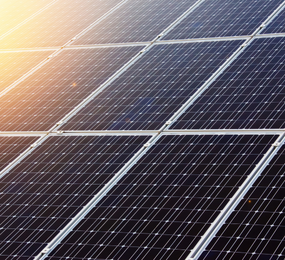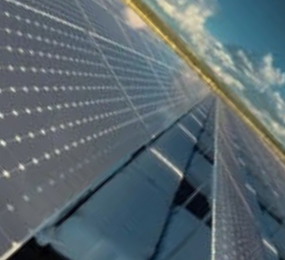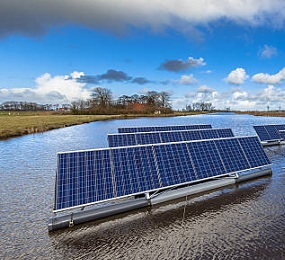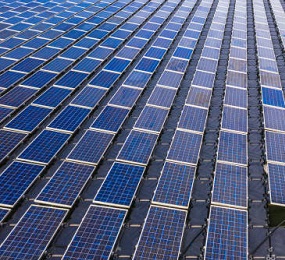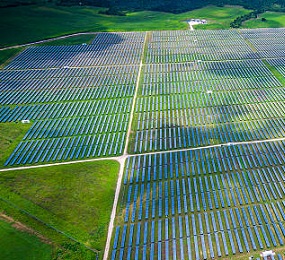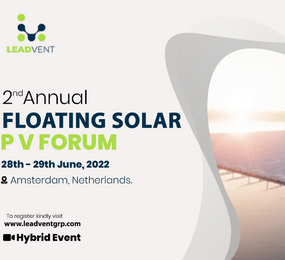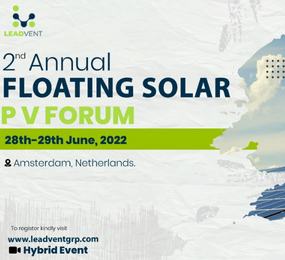Thin-film technology is poised to revolutionize the burgeoning field of floating solar power. Unlike traditional, rigid solar panels made from crystalline silicon, thin-film solar cells are manufactured by depositing a thin layer of photovoltaic material onto a flexible substrate such as plastic or metal. This unique characteristic offers several key advantages for floating solar applications.
Firstly, the flexibility of thin-film panels allows for greater adaptability to the undulating surface of water bodies. This minimizes stress on the panels and mooring systems, enhancing the overall stability and longevity of the floating solar array. Secondly, their lightweight nature significantly reduces the weight load on the floating platform, simplifying the design and reducing the cost of construction and maintenance.
Furthermore, thin-film technology presents opportunities for enhanced efficiency and cost-effectiveness. Certain types of thin-film materials, such as cadmium telluride (CdTe) and copper indium gallium selenide (CIGS), have demonstrated promising energy conversion efficiencies, while also offering potential for lower manufacturing costs compared to traditional silicon-based panels.
The integration of thin-film technology with floating solar power systems holds immense potential for expanding renewable energy generation and addressing the global energy demand. By leveraging the flexibility, lightweight nature, and potential for improved efficiency of thin-film solar cells, the floating solar industry can overcome existing challenges and unlock new avenues for sustainable and cost-effective energy production.
To register or learn more about the Forum please check here: https://bit.ly/4gNH6ry.
For more information and group participation, contact us: [email protected]


